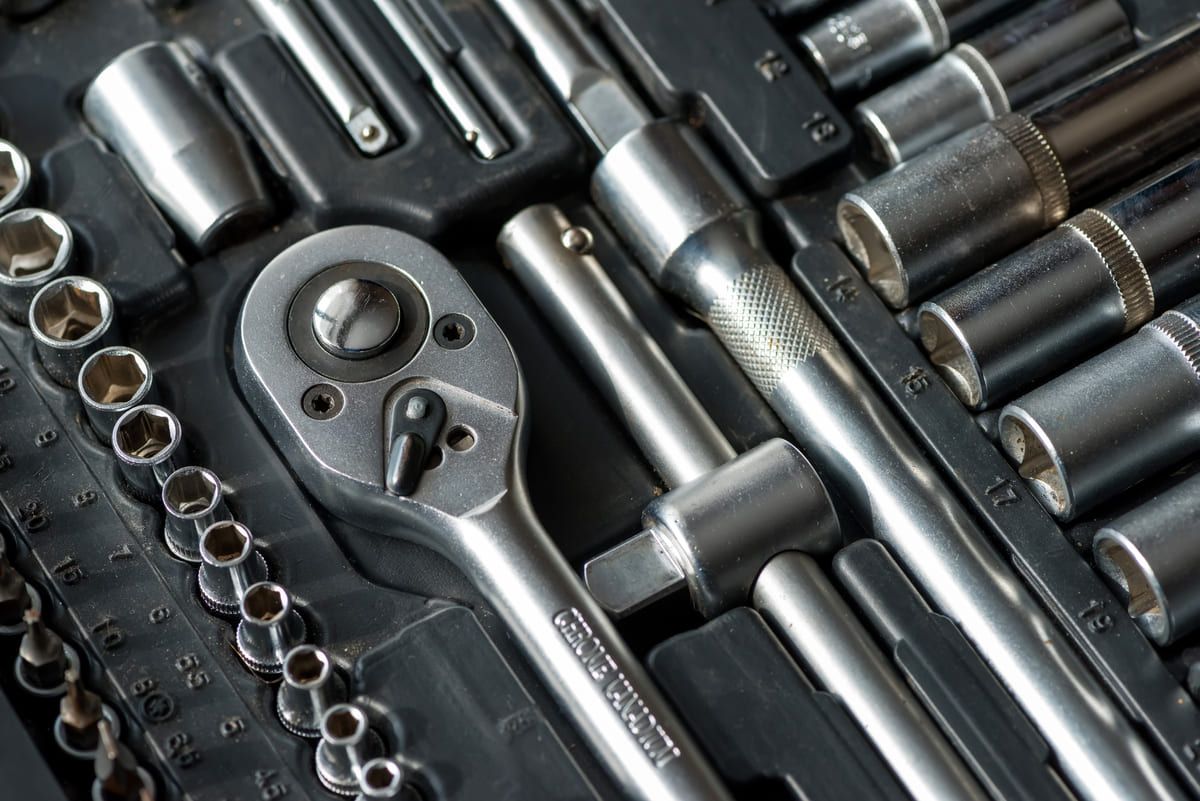DTS Mini-Max – Service and Maintenance
It’s a myth that photovoltaic farms on static structures are maintenance-free. While the involvement may be lower compared to dual-axis trackers, the comparison of maintenance costs to the significantly higher profits speaks for itself. DTS systems generate approximately 45% more energy on solar farms and about 65% more in standalone installations, especially during times when fixed systems don’t generate at all. This makes an investment in dual-axis trackers not only justified but often essential.
Of course, besides maintenance, there’s also the matter of failure resistance — and when issues do arise, response time and ease of repair matter. It’s true that most DTS systems have problematic component placement and drive design, which discourages their use. In contrast, Tracker Mini-Max systems minimize or eliminate these issues. Components vulnerable to failure can be replaced by one person, in just 0.5 to 2 hours, without the need for heavy machinery.
The drive system and endurance tests are described in the “Project Genesis” section. Since no failures occurred during testing, we can’t predict future malfunctions — but preventive maintenance is key. That’s why we performed a test inspection, focused on mechanical looseness and visual review. Here’s a brief summary of what we check:
Inspection Scope:
-
Shock absorbers and springs – manually lift the frame 2–3 times to evaluate resistance.
-
Guide rollers – manually tension the steel cable 2–3 times and assess roller movement.
-
East–West transmission – force-rotate the tracker left and right to check for unacceptable play.
-
Master tracker – additionally check for looseness in gearboxes and winch.
Using a stopwatch, inspecting 5 trackers (50 kWp) took just 5 minutes. One 1 MW system contains 20 such tracker sets. At 7 minutes per set, a full preventive inspection takes around 2.5 hours per MWp. That means one technician can check 3 MW of installations in a single day.
Our test installation has operated for over 3 years in real conditions, and over 16 years in simulation — totaling nearly 20 years of performance. We have never performed any service besides observation, which confirms that 1–2 inspections per year are sufficient.
Parts Most Exposed to Wear:
| Section | Component | Quantity | Replacement Time |
|---|---|---|---|
| North–South Drive | Guide rollers | 3 pcs | up to 1 hour |
| Shock absorbers | 2 pcs | up to 0.5 hour | |
| Steel cable | 1 pc | up to 0.5 hour | |
| Winch | 1 pc | up to 1 hour | |
| Motor with gearbox | 1 set | up to 1 hour | |
| East–West Drive | Worm gear | 1 pc | up to 1 hour |
| Worm with bearings | 1 set | up to 1 hour | |
| Cardan shaft ends | 2 pcs | up to 0.5 hour | |
| Motor with gearbox | 1 set | up to 1 hour | |
| Control System | Controller | 1 pc | up to 1 hour |
| Sun sensor | 1 pc | up to 0.5 hour | |
| Wind sensor | 1 pc | up to 0.5 hour | |
| Limit switches | 4 pcs | up to 0.5 hour |
All of the above are working components that may eventually require replacement. Importantly, each of them has already been operating for roughly 20 years without failure in our systems.
How could a winch wear out, when it only pulls and releases 1 meter of steel cable per day? How could a motor fail, if it runs for just 5 minutes daily and is controlled by a frequency inverter? Or a worm gear that rotates the tracker only 1.5 turns per day? Still, we take every potential risk seriously.
That’s why we included this in our pricing: A set percentage from each unit sold is allocated to a “Guarantee Fund”.


